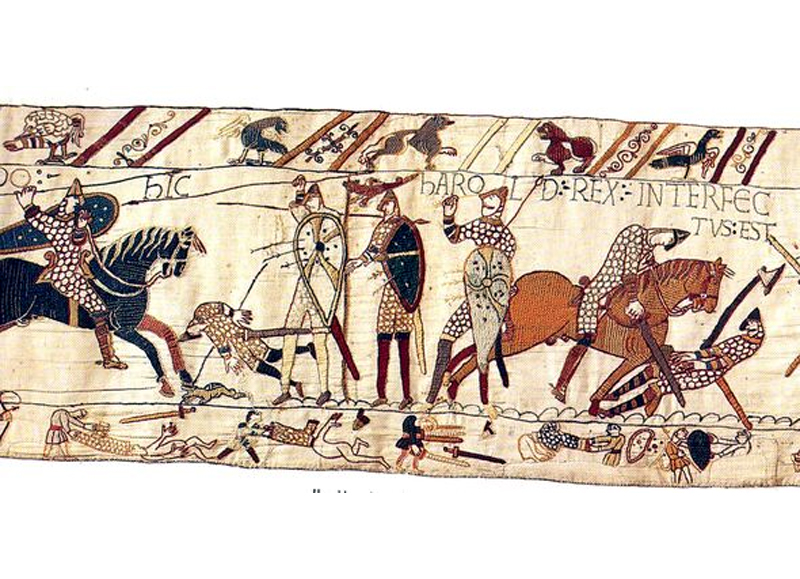The Bayeux Tapestry: A Masterpiece of Medieval Art

Introduction
The Bayeux Tapestry is a remarkable piece of history that not only offers insight into the events of the Norman Conquest of England in 1066 but also serves as a significant work of art from the medieval period. Its intricate embroidery and narrative detail make it a vital historical document, shedding light on the social, political, and cultural climate of that time. This piece of art is more than just a tapestry; it is a storytelling canvas that continues to fascinate historians, art lovers, and tourists from around the world.
Detailing the Tapestry
Measuring nearly 70 meters in length, the Bayeux Tapestry depicts the lead-up to the Battle of Hastings and the battle itself. It is believed to have been commissioned in the 11th century, likely by Bishop Odo of Bayeux, the half-brother of William the Conqueror. The tapestry features over 600 human figures, 200 horses, and a multitude of ships and buildings, which collectively narrate the tale of Duke William’s campaign to claim the English throne.
The embroidery on the tapestry has been attributed to English artisans, and it is crafted using wool yarn on linen fabric. Each scene is accompanied by Latin inscriptions, contributing to its educational value. The craftsmanship reflects the intricate storytelling and the importance of this art form in preserving history.
Current Relevance and Preservation Efforts
In recent years, the Bayeux Tapestry has garnered renewed interest, particularly regarding its preservation. Concerns over its condition have prompted discussions about conserving and possibly restoring this historical artifact, which has survived over nine centuries. In 2024, the tapestry is set to be temporarily relocated to the UK for a special exhibition, hosted at the Bayeux Museum, which aims to attract even more visitors and provide insights into the significance of this piece.
Technological advancements in conservation science are being utilized to ensure that the tapestry remains intact for future generations. This includes careful monitoring of its environment to mitigate any potential damage from light, humidity, or temperature fluctuations.
Conclusion
The Bayeux Tapestry represents a unique intersection of history and art. As scholars continue to explore and interpret its rich imagery and narratives, it serves as a crucial reminder of the past and a key to understanding medieval society. With ongoing preservation efforts and future exhibitions, its story is set to reach even wider audiences, allowing more people to appreciate this vibrant piece of history and its timeless relevance in the world today.









